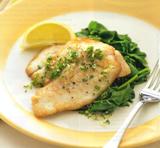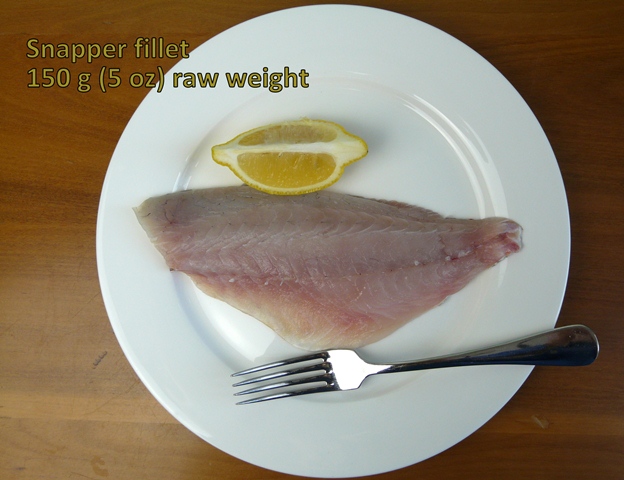- Home
- Blog
- Medical Diets
- Mercury in fish in Australia
Mercury in fish in Australia
Written by Catherine Saxelby
on Tuesday, 27 July 2010.
Tagged: food safety, food variety, FSANZ, guides, pregnancy, standard serves

Certain types of fish can accumulate mercury and these are the ones to avoid or limit when pregnant and breast feeding. But it's not as simple as avoiding ALL types of fish. Fish is very important at these times for its rich content of omega-3 fats which are needed for brain and eye development in the growing foetus and baby. But it's a careful balance between eating enough omega-3s and not overdoing the mercury.
Background on mercury
Mercury occurs naturally in the environment. It's all around us in air, water and food. Fish absorb it from water as it passes over their gills and from the food that they eat. It occurs in the form of methyl-mercury.
Most fish have such low levels it's virtually undetectable. The amount of methyl-mercury in fish depends on how long the fish lives and what it eats. A few species of large predator fish or long-lived fish tend to accumulate higher levels of mercury and that's why our food authorities have issued their guidelines on fish consumption.
High levels of methyl-mercury can damage the nervous system. Unborn babies are particularly vulnerable because their brains are developing very rapidly. Some studies of populations that eat large amounts of fish have reported a link between consumption of fish by mothers and subtle developmental delays in their children. These changes could only be detected using special tests that measure learning and behaviour.
In contrast, for adults, the first sign of excessive exposure to methyl-mercury is usually numbness and tingling in the fingers, lips and toes. Effects in adults occur at much higher levels of intake than that linked to effects in children following exposure in the womb.
Who needs to watch their fish intake?
 For healthy adults and children, mercury from most fish is not a health risk when consumed as part of a normal diet.
For healthy adults and children, mercury from most fish is not a health risk when consumed as part of a normal diet.
However, you should probably NOT eat fish with higher levels of mercury like shark (flake) more than once a week.
It's a good idea to eat a variety of different fish species, but the salmon and canned tuna you like to eat have lower mercury levels and you can continue to enjoy them and get the benefit of those wonderful omega-3s.
Three groups need to LIMIT fish but not avoid it completely:
1. women who are pregnant or who are planning to become pregnant
2. women who are breastfeeding
3. Children under 6 years.
Fish types to limit
Here are the two main fish types to watch for:
1. Limit your intake of fish with the highest levels of mercury which are those that are long-lived or large fish such as shark (flake) or billfish (broadbill, swordfish and marlin).
Eat no more than one serve per fortnight of these fish AND eat no other fish that fortnight.
2. Limit orange roughy (deep sea perch) or catfish to one serve per week AND have no other fish that week.
What's a serve?
Around a 150 gram portion for adults and 75 g for children. See picture below - it's not a huge quantity.
Remember
- All other fish species are safe to eat 2 to 3 times per week
- Eat a variety of fish, not always the same type of fish
- Flake is the fancy name for shark and is often used as the take-away fish we know as ‘fish and chips'
More information
- Visit the NSW Food Authority website for their helpful info on fish and mercury.
- Check out Food Standards Australia New Zealand.
You may also be interested in...
Jemma O'Hanlon
The Good Stuff
The Boring Stuff
© 2025 Foodwatch Australia. All rights reserved
Website by Joomstore eCommerce










